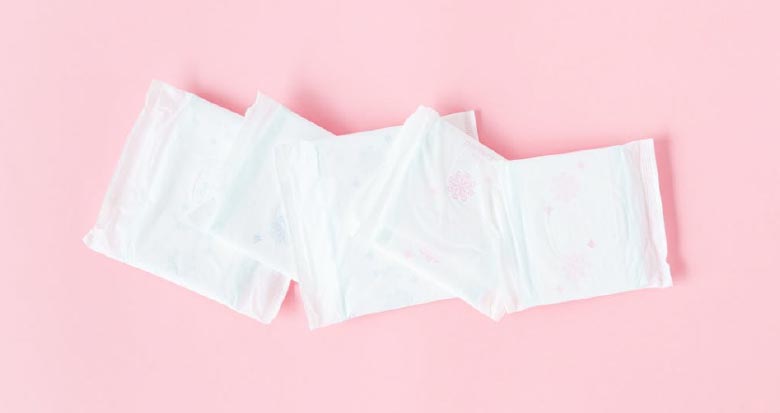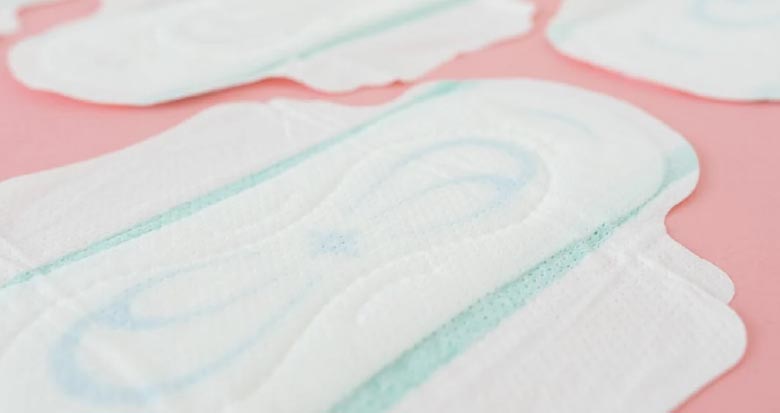Introduction
In the hygiene industry, product performance depends heavily on how well materials manage liquid absorption, retention, and comfort. While Super Absorbent Polymers (SAP) remain the main component for liquid absorption, Sodium Carboxymethyl Cellulose (CMC) has gained attention as a complementary or alternative material thanks to its unique water-binding and gel-forming abilities.
Q1: What function does CMC serve in sanitary napkins?
A1: CMC acts as a water-retaining and dispersing agent. When combined with SAP, it helps distribute and stabilize moisture throughout the absorbent layer. Unlike SAP, which tends to absorb water locally and form gel clumps, CMC enhances uniform liquid distribution and improves fluid retention under pressure.

Q2: Can CMC replace SAP entirely?
A2: In most cases, no. SAP remains the main absorber due to its extremely high liquid uptake capacity. However, CMC can partially replace SAP in some designs where:
1.Cost optimization is needed,
2.A softer, more breathable structure is preferred,
3.Better rewet control is required.
In such blends, CMC provides a smoother gel structure and higher integrity, preventing leakage and maintaining pad shape after absorption.

Q3: How is CMC applied in the absorbent core?
A3: CMC is typically used in powder or fine-granular form, depending on the mixing process. It may be:
- Dry-blended with SAP and fluff pulp, or
- Pre-dissolved and sprayed as a thin coating onto absorbent fibers.
Both methods aim to enhance the hydrophilicity and gel strength of the core without affecting flexibility.
Q4: What benefits does CMC offer compared with SAP alone?
A4:
1.Improved fluid distribution – helps avoid gel blocking.
2.Enhanced rewet performance – reduces surface dampness after compression.
3.Better compatibility with natural fibers – ideal for plant-based or biodegradable sanitary products.
4.Potential biodegradability – since CMC is derived from cellulose, it can contribute to more sustainable formulations.
Conclusion
CMC is not intended to fully replace SAP, but rather to enhance the performance and sustainability of absorbent products. By improving fluid management, comfort, and eco-friendliness, CMC opens up new possibilities for next-generation sanitary napkins and hygiene materials.
SINOCMC Team
